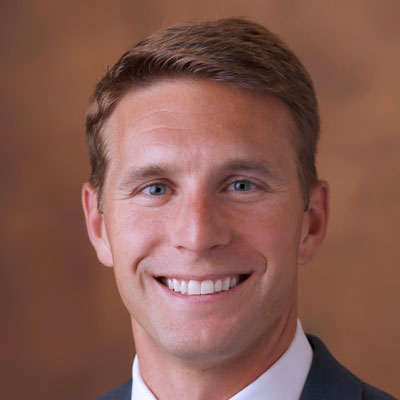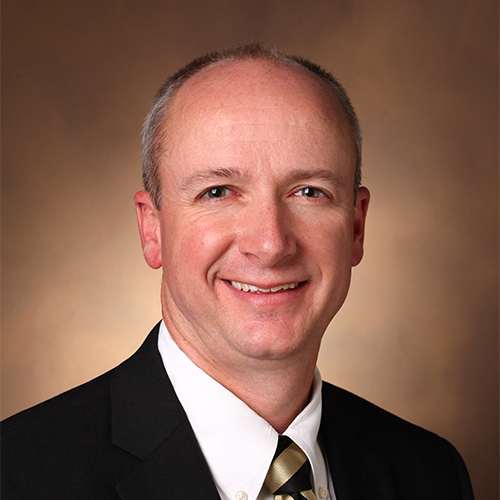Give someone with a torn ACL or a fractured bone the option of a same-day examination by a provider who can also fix their problem, and they are unlikely to see a downside. Acute orthopaedic injury clinics are cropping up across the country to offer this convenience for patients, growing from 285 in 2019 to 434 in 2021, according to the Urgent Care Association.
Vanderbilt University Medical Center is in its tenth year of operating such injury clinics, and is poised to open two additional clinics in the near future.
“We want to get these patients into definitive treatment as soon as possible with a Vanderbilt doctor who has expertise in that injury.”
“A really beneficial difference in our model is that we staff our clinic with orthopaedic physicians in sports medicine and other specialties. This way the patient doesn’t get triaged and sent elsewhere for treatment,” said Eric Bowman, M.D., an assistant professor of orthpaedic surgery at Vanderbilt.
“Having these clinics available helps to align patients with the right services, at the right time, by the right people,” said Robert “Warne” Fitch, M.D., associate professor of emergency medicine at Vanderbilt, who helped establish the Vanderbilt Orthopaedic Injury Clinic ten years ago – one of the first in the nation – and runs it today.
Mechanics of Clinic Operations
Everyone who calls the clinic has the option of a same-day appointment, which Bowman says between 20 to 40 percent of patients take. Walk-ins are seen on a first-come, first-served basis around these appointments.
Typically, five physicians staff the clinic during the day, with one staying late each evening. “During the day, we try to match patients with physicians according to specialty,” Bowman said.
“Having these clinics available helps to align patients with the right services, at the right time, by the right people.”
Orthopaedic specialists at the clinic can provide casts, splints, braces, and rehabilitative treatment, and the facility is equipped to collect x-rays and MRIs, making it a one-stop care experience for patients. Surgery, physical therapy and other ancillary services can be scheduled as needed.
“The efficiency has been incredible. A patient may walk in that morning, get an MRI, come see me, and we come up with a plan all within a few hours’ time,” Bowman said.
The Value Proposition
Clinic volume has grown each year since 2012. Currently, the injury clinics see on average 300 patients a month, with about 80 of these visits occurring after hours. Many patients are referred from the urgent care clinic, and others come directly, in lieu of going to the ED.
“One of the main purposes of our clinic is to keep patients out of the ED who do not need to be there,” Bowman said. “Orthopaedic injuries can get low priority there, and people may leave discouraged. With us, they can get prompt treatment, saving time and money for the patient, alleviating ED congestion, and avoiding some unreimbursable expenses for the medical center.”
While the clinic generates business for the physicians and ancillary service providers, Fitch says their main driver is larger in scope. “We really want to offer a convenience to our community, one that enables us, as physicians, to assess the injury early and avoid complications. Ultimately, we want to get these patients into definitive treatment as soon as possible with a Vanderbilt doctor who has expertise in that injury.”
Bowman also finds that the relationships established when a patient doesn’t have to bounce around to various providers drives greater adherence to the treatment plan – particularly with physical therapy.
Post-pandemic Trends
The COVID-19 pandemic led to a lower volume of patients, as sports participation came to a standstill. Bowman says they are seeing an uptick in youth visits now; many of these are overuse injuries to the shoulder and arm – a regrettable result of ramping up play too quickly after a year of being away from their sport.
Said Fitch, “With the two new locations, we anticipate the community will be more familiar with us, and more patients will come to us directly versus being referred. It’s one way of helping to simplify access and care, which is a huge part of our mission as a medical center.”






